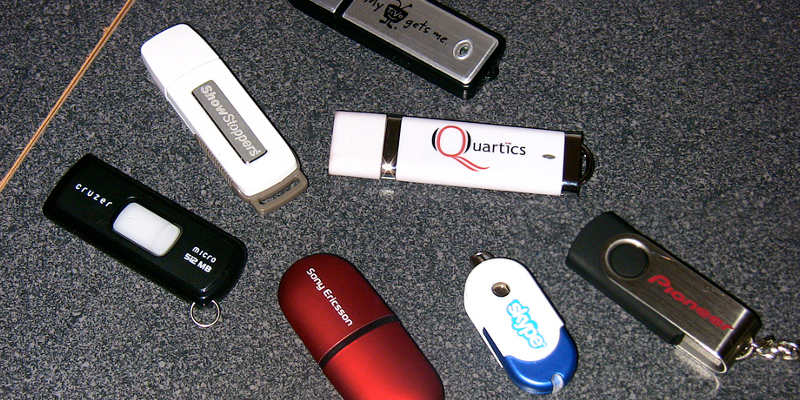
Now we can boot from USB drive by changing the boot menu in BIOS settings. This process will take some time depending on our computer's speed. Path, we may wipe out our computer's hard disk! Need to choose the path of our card very carefully. This command will overwrite all existing data on our micro SD card and flash Kali Linux on micro SD card. iso) file in our root directory so we flash Kali Linux on our drive using following command:ĭd if=/Kali_image-file-name.img of=/dev/sdb1 bs=512 Here in the screenshot we can see that last one is our USB drive and its path is /dev/sdb1Īnd suppose we have downloaded our image(.img or. We plug our USB drive in computer and check the path of flash drive using following command : We will flash the image file using dd utility tool.

Most of Linux distribution and mac OS comes with pre-loaded dd utility. Then it complete the process, and our Live bootable USB is ready. This will take some time to flash image file depending on our computer's speed. Now open Etcher tool and the we select the downloaded image file and then we select the USB flash drive where we want to write the image file and click on flash. After installing this we plug our pen drive on pc (make sure we don't have plugged any other USB flash drive, be cause if we select wrong USB drive then we may wipe other flash drive). We need to download Etcher we can install it on Windows as we install other software. In this tutorial we are going to use Etcher tool. If we are using a Windows pc to write Kali Linux on USB, then we need some special software. This process can be done from Windows or Linux/mac OS. We need to write the image file on our USB flash drive. We are downloading the latest 64 bit version of Kali Linux image file.ĭownloading Kali Linux from official websiteĪfter downloading the image file. A high speed USB pen drive (minimum 8GB).įirst we need to download Kali Linux image file from it's official website.Next, we need to create some partitions on our USB drive. Once we have our USB device ready, we can now move onto the next step 6.


if – File to read from which in this case is our ISO file :.dd – This is our disk destroyer command.Let’s explain the parts of this command : Here we have used the very dangerous dd command, aka the disk destroyer command. $ sudo dd if= of=/dev/sdb bs=4M oflag=sync status=progress


 0 kommentar(er)
0 kommentar(er)
